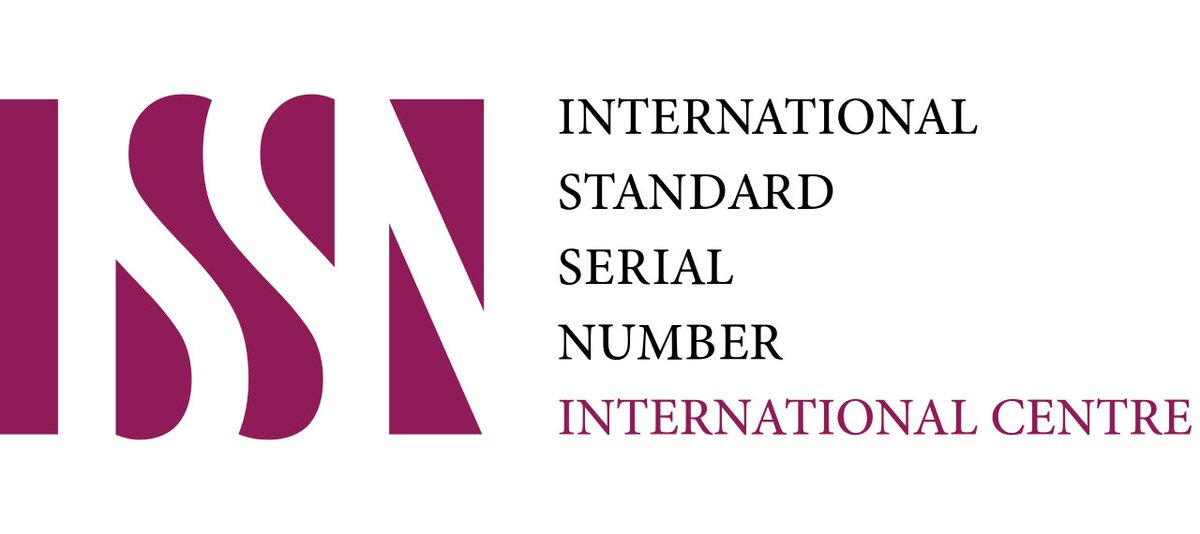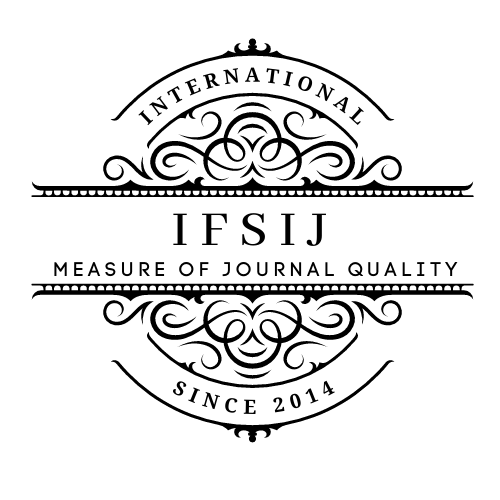COGNITIVE PROCESSES INVOLVED IN UNDERSTANDING HABITUAL STRUCTURES
Abstract
The comprehension of habitual structures in language involves a range of cognitive processes that allow individuals to recognize, interpret, and predict patterns of behavior and meaning. This article explores the cognitive mechanisms underlying the understanding of habitual constructions, including memory retrieval, pattern recognition, inferencing, and temporal processing. We also examine how these processes interact with linguistic input and contextual cues to shape interpretation, and consider the implications for second language acquisition and language disorders.
Downloads
Published
How to Cite
Issue
Section
License

This work is licensed under a Creative Commons Attribution-NonCommercial-NoDerivatives 4.0 International License.















